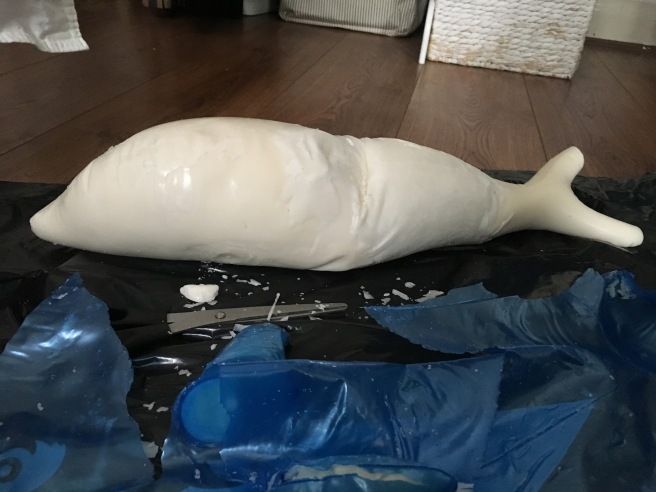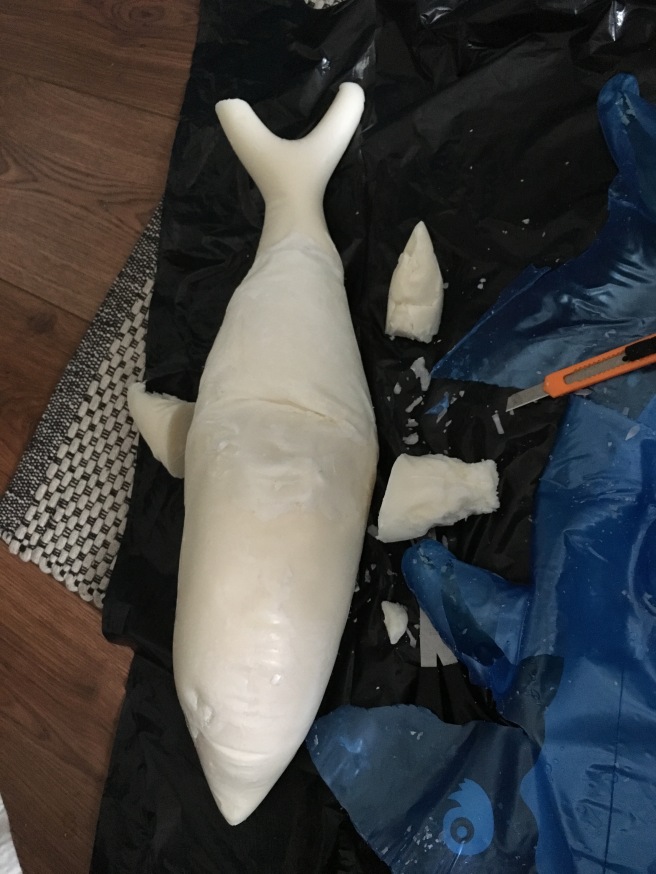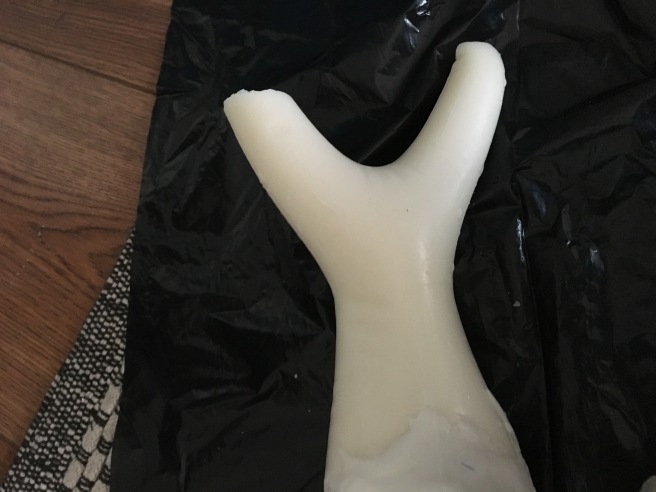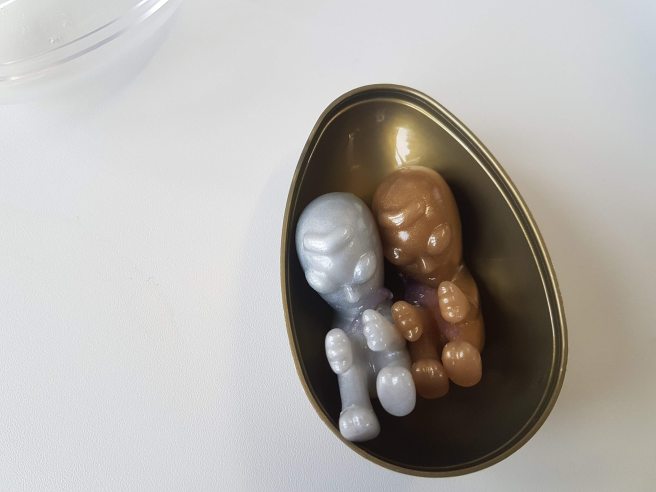laws of space and time are unfamiliar and the distinctions of inside/outside, subject/object and self/other are for the most part unknown
The rending of the shared skin is a key moment for the infant. It is this moment – when the infant realizes that it has its own skin and, by extension, its own insides and outsides – that marks the infant’s transition from the realm of the shared skin to the realm of the skin ego.
In fact, the caregiver’s handling of the baby as it is changed, fed and washed allows it to do two inextricably interrelated things: first, represent its body to itself as sac-like, as a bodily container with bodily contents; and second, represent its ego to itself as sac-like, as a psychic container with psychic contents. The baby’s sense of psychic and somatic containment is, therefore, vitally enabled by its everyday exchanges with its caregiver.
by bringing into relief the anaclitic relationship between the psychic skin and the physical skin, Anzieu demonstrates that human development is the product of a dynamic relationship between that which is inside and that which is outside.
For instance, Anzieu argues that when the containment function of the skin ego fails to properly develop due to what is, ostensibly, the caregiver’s neglect, the individual is likely to feel as though he or she could ‘fall apart’ at any moment (Anzieu, 1989, p. 102). To avoid this feeling, the individual may, according to Anzieu, act aggressively on his or her skin in an attempt to reclaim and re-territorialize it and, by extension, force it to contain him or her when the skin ego proves unable to do so





































